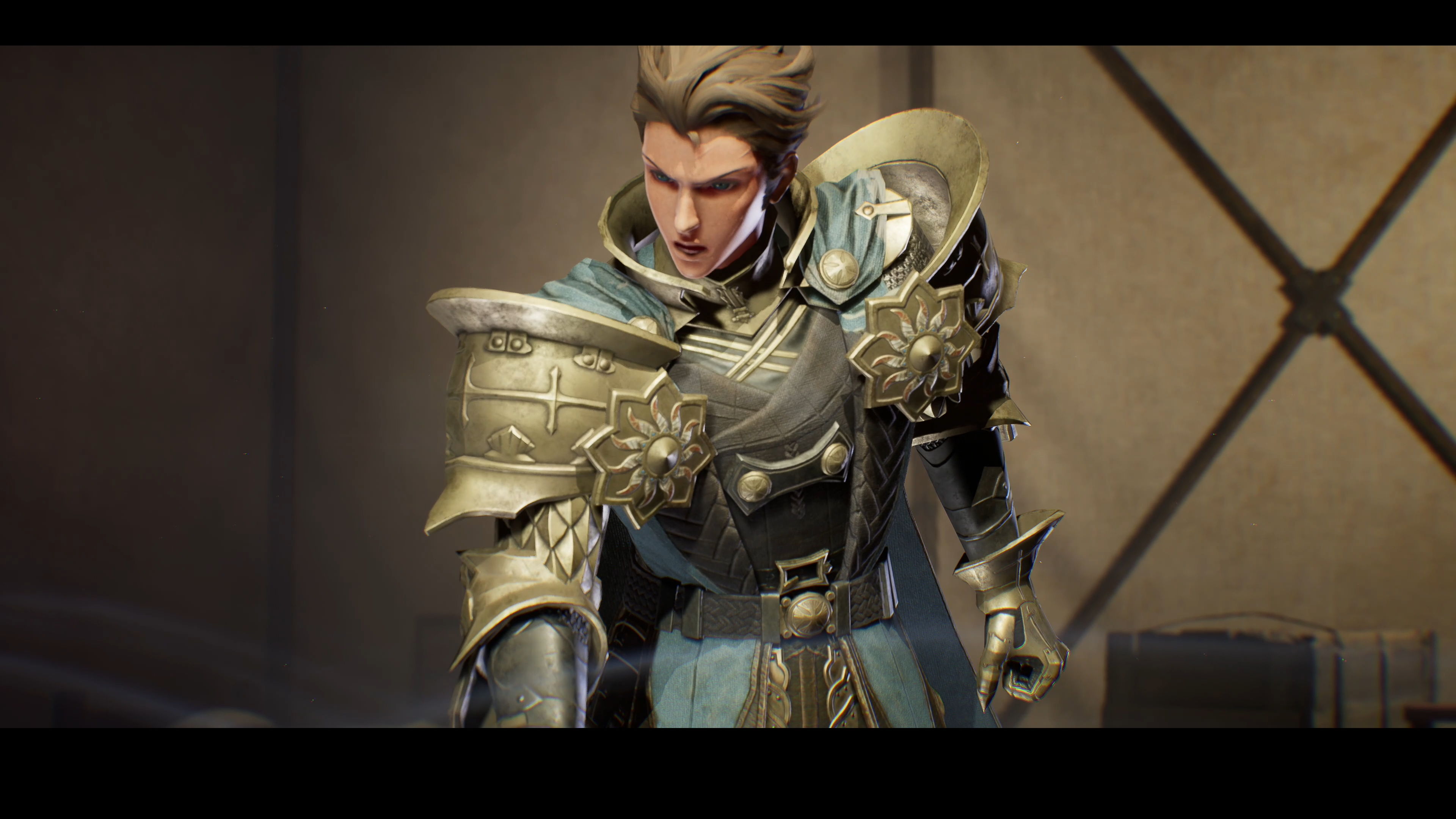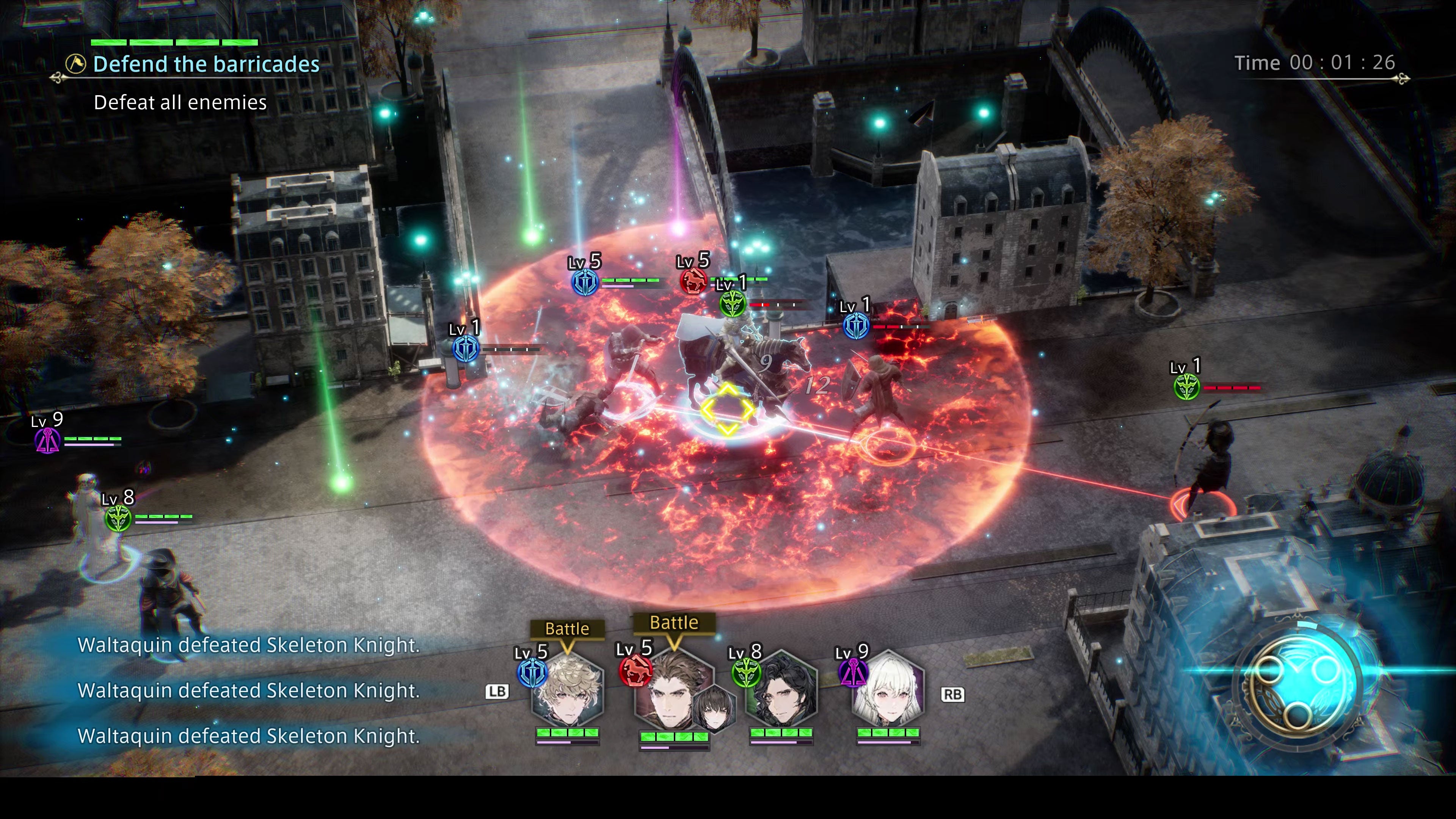Products You May Like
The DioField Chronicle has been released, and it’s seemingly pretty much already forgotten. This latest Square Enix strategy RPG is thoughtful, interesting, and flawed – though also pleasantly brisk. It deserves better than it’s getting.
What it’s getting, by the way, feels like the pretty classic small game from Square Enix treatment. It got a surprisingly big-time announcement, making its debut in one of Sony’s high-profile State of Play broadcasts. After that, though, it appeared relegated to second-tier status. It was promoted little, and even review code arrived at the eleventh hour; dropped into the inboxes of media around the world just a few days before Square Enix said reviews could go live – which itself was just a short time before release. That’s why you didn’t see many pre-release reviews, if you’re wondering.
It’s a shame to see a game like this get treatment like that, because it’s interesting. At heart, The DioField Chronicle is a strategy RPG in the style of Final Fantasy Tactics, but it’s ultimately a little faster and looser, and features several elements that inject a little of the real time tactics genre into the mix. The result is something quite thrilling and unique – which is important, since we’re currently in something of a resurgent golden age of strategy RPGs, with Fire Emblem the biggest it’s ever been and even Square Enix giving Tactics Ogre another run-out with an upcoming remaster.
Attempt to try something new end up DioField’s greatest strength and weakness at once. It’s a slightly sloppier game as a result of its broad experimentation with the conventions of the genre, but that isn’t to say it’s bad – I enjoyed pretty much all of my time with it, where tactical battles felt both rewarding and engaging, while the game successfully delivers a decent story with truly beautiful art headlined by the character and concept work of Isamu Kamikokuryo (Final Fantasy 10, 12, 13, and 15). The soundtrack, delivered by Western composers who worked on TV’s Game of Thrones, is surprisingly subdued and an utter joy.
The narrative isn’t exactly the most thrilling – like the less successful Final Fantasy Tactics outings, it’s sometimes just a little too po-faced and serious for its own good. If I were to level a specific-but-broad criticism at it, it’d be that it feels like both the story and characters are lacking in depth – but that’s actually also sort of true over in combat.
Everything feels like an experiment. The combat is exciting and interesting, and there is depth there thanks to a simple but serviceable system of character and gear progression, but it feels like the efforts to try something new exhausted the developers – or the budget – which meant that once its most interesting and unique elements were in place, there wasn’t much space to develop much beyond that. The result is a package that is undoubtedly a little more trim – if you want the full fat, you’ll want to wait for the next Fire Emblem, or perhaps nab that Tactics Ogre remaster.
One thing I really appreciate about DioField is its length, however. Which is to say: it’s relatively short. By strategy RPG standards, anyway – Disgaea this ain’t. You can blast through the main narrative, with a smattering of side content, in around 20 hours. You probably won’t want to do much more side content, anyway, as it’s relatively uninspired. In this, to me DioField reads as a relatively short and experimental game. Which I’m fine with. To some, however, this might instead come over as bad value for money.

But, you know, I like it. I love when Square Enix experiments with smaller games – sometimes, this publisher has the capacity to hit gold. Often when it isn’t gold, it’s silver – like Octopath Traveler, with its half-baked narrative but brilliant combat and gorgeous visuals. In many ways, The Diofield Chronicle reminds me of that title.
Where Octopath was fairly heavily promoted by Nintendo, however, it does feel like Diofield has been tossed into the ocean of the market to sink or swim. It’s the sort of game that probably doesn’t float very easily, either. It’s the sort of product that requires some marketing-shaped buoyancy aids. It was never going to cruise to success – and now I fear it never will. But it’s worth a look – and hopefully its ideas will go forward in other future projects. They’re certainly worth revisiting.
